
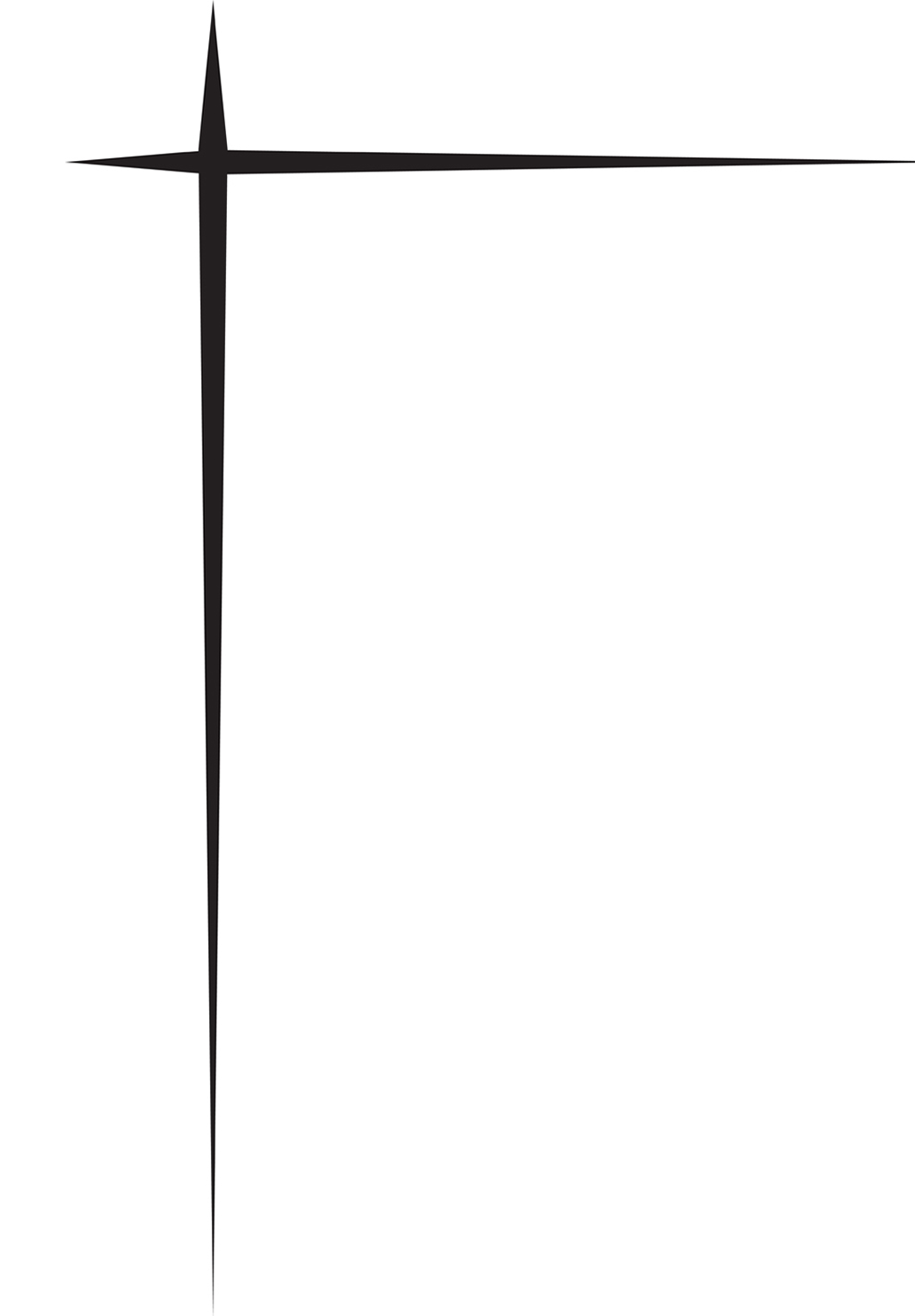
Types of Hernia
Groin
Inguinal Hernia
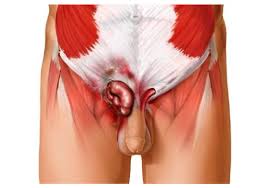
This is the most common type of hernia and is found in the groin. It is caused by a loop of bowel pushing through a weakness in the inguinal canal. The inguinal canal is a gap through which the blood vessels and vas to and from the testis pass through the abdominal wall muscles.
They are most common in men. The hernia usually appears as a swelling in the groin or enlargement of the scrotum, which may or may not be painful and often disappears when lying down.
The repair of an inguinal hernia is carried out in a tension free manner using mesh. In an open operation a cut approximately 8 cm long is made in the groin.
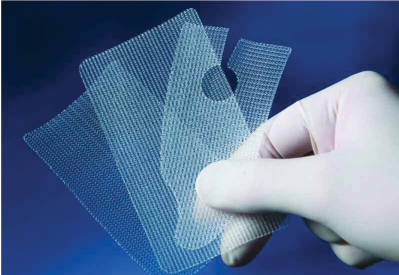
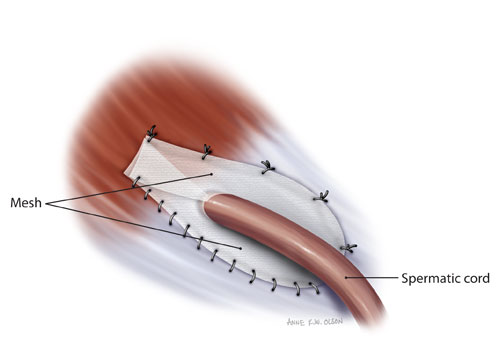
Femoral Hernia
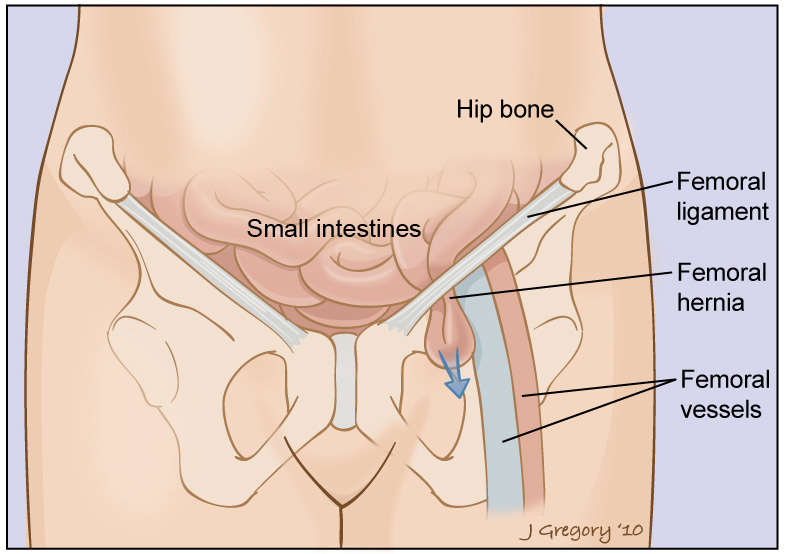
This type of hernia occurs most commonly in women and occurs when part of the intestine passes down the natural canal through which the large blood vessels for the leg pass and make a swelling on the upper, inner part of the thigh.
Like inguinal hernias, femoral hernias are repaired using a tension free technique. A mesh avoids the need for cutting muscle or tendon, and eliminates high-tension stitching. This advanced technique allows for patient discharge on the same day, within hours of surgery.
Gilmore’s or Sportsman’s Groin
Groin disruption (Gilmore’s Groin) is a musculo-tendinous injury of the groin, which can be successfully treated by the surgical restoration of normal anatomy.
The following pathology of groin disruption may be found at operation
torn external oblique
torn conjoined tendon
conjoined tendon torn from pubic tubercle
conjoined tendon detached from inguinal ligament
The success of surgery for groin disruption depends on accurate diagnosis, meticulous repair of the disruption and intensive rehabilitation. Surgery is indicated in sportsmen, who are unable to play, or fail to respond to physiotherapy.
Abdominal
Umbilical
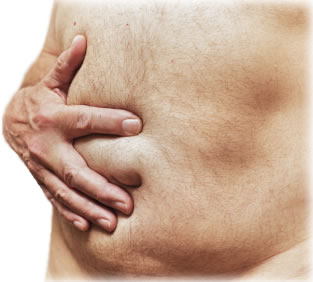
An umbilical hernia occurs when part of the intestine protrudes through a weakness in the abdominal wall, creating a soft swelling near the navel. They can cause abdominal pain.
Repair of these hernias by simply closing the defect with stitches is satisfactory for small defects in the muscles.
.jpg)
An umbilical hernia occurs when part of the intestine protrudes through a weakness in the abdominal wall, creating a soft swelling near the navel. They can cause abdominal pain.
Repair of these hernias by simply closing the defect with stitches is satisfactory for small defects in the muscles.
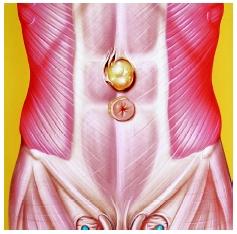
This type of hernia is caused by a weakness in the upper abdomen, internal fat bulges between the breastbone and the navel and is most common in men.
Surgery involves repair of the area of weakness and return of the abdominal contents back into their normal position. If the hole in the muscle is less than 2cm we can stitch it, otherwise we usually use a mesh to reinforce the area.
Incisional
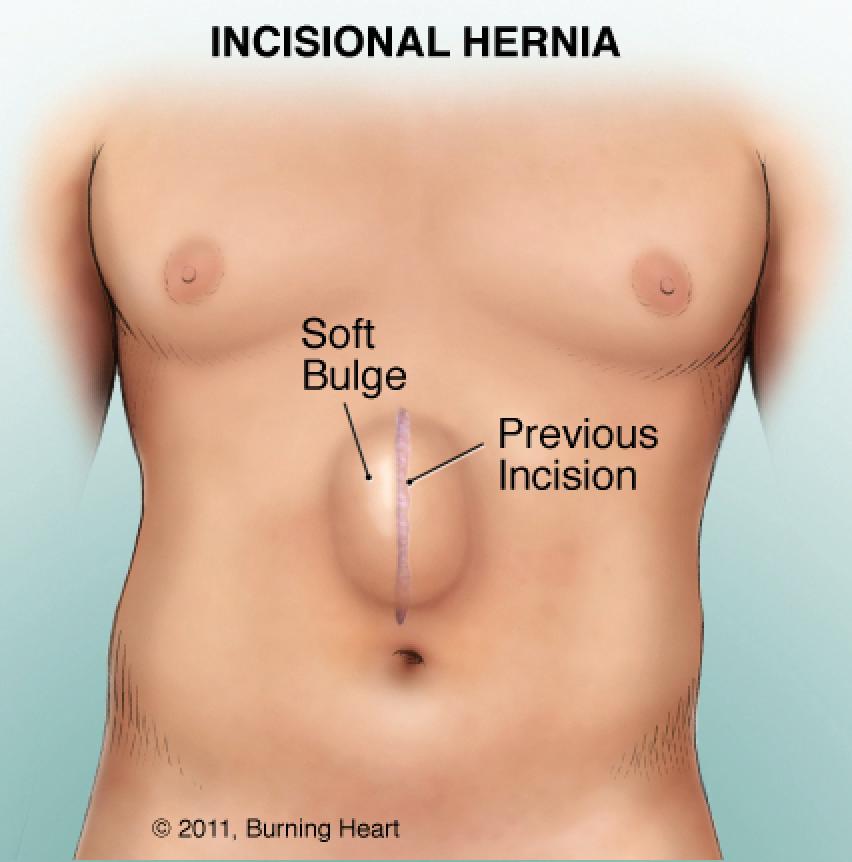
An incisional hernia is the result of weakness following a surgical wound or scar in the wall of the abdomen.
Incisional hernias vary enormously in size and complication. Effective repair would usually involve a tension free approach using mesh. If the wound over the incisional hernia is unsightly and needs to be removed then it is better to offer an open operation.
Others
Spigelian, obturator and lumbar hernias are uncommon abdominal hernias.
A hiatus hernia is an internal hernia involving the stomach and diaphragm.
Laparoscopic and open hernia repair
There is much debate over laparoscopic (keyhole) versus open repair of different types of hernias.
More information can be found here